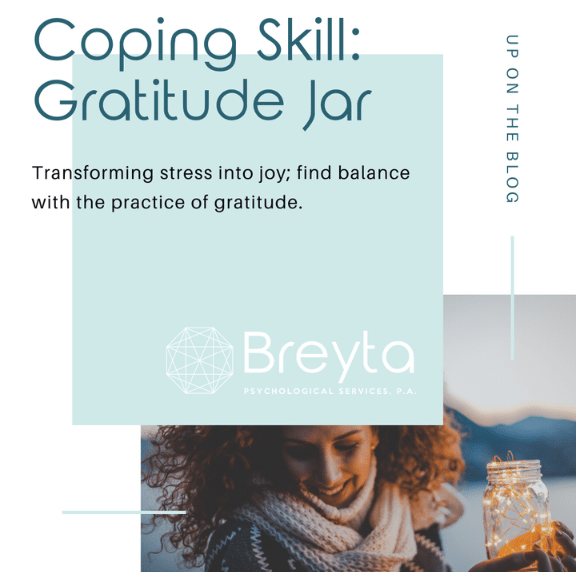Living with insomnia can be incredibly frustrating. Night after night, you toss and turn, hoping that you’ll finally fall asleep. Instead, you end up lying awake for hours. The next day, you feel exhausted and completely worn out, yet you still have to handle all of your responsibilities somehow.
If you’re dealing with insomnia, you’re likely desperate for relief, and the added stress can affect your sleep schedule, leaving you awake for hours each night. You likely are struggling to fall asleep because of stress, but difficulty falling asleep results in more stress.
The connection between sleep and stress is important to explore. Often we face stressors in our lives that we cannot control. Our response to these events often have unintended repercussions.
The 3P Model of Chronic Insomnia can help you understand how stress contributes to those long, sleepless nights. Here is how different events and lifestyle factors can cause insomnia to develop and how you can begin managing your stress.
What Are The 3Ps of Insomnia?
Current treatment and understanding of chronic insomnia is based on the 3P Model of Chronic Insomnia, developed by Spielman et al (1987). This conceptualizes the experience of insomnia like a layer cake. There are three layers of factors: Predisposing, Precipitating, and Perpetuating. Hence, the “3 Ps”.
The first layer, Predisposing Factors, are things that may make sleep problems more likely; though the presence of these factors by themselves is not enough to result in insomnia. The next layer, Precipitating Factors, are situational stressors that can result in temporary sleep difficulty as a direct result of the stress. This may cause such disturbance in your sleep that you “tip over the insomnia threshold” (i.e., you don’t sleep enough for long enough that you meet criteria for acute insomnia). Given that the second layer (Precipitating Factors) are situational, your sleep may improve when the stressor remits. However, it’s very common to engage in compensatory behaviors (behaviors that we think will help us get to sleep) in response to the acute insomnia that actually cause more problems than they solve. This results in the third layer on the insomnia cake, Perpetuating Factors. These keep us firmly over the insomnia threshold and “stuck” in chronic insomnia.
Predisposing Factors
Maybe you work at a stressful job that requires you to clock in for long hours. Or maybe you’re worried about your performance at work, and your anxieties keep you up late. Perhaps many people in your family depend on you, and dealing with your domestic responsibilities sometimes prevents you from getting a good night’s sleep.
Anything that keeps you up at night occasionally but typically doesn’t stop you from sleeping enough can be considered a predisposing factor for insomnia. At first, these factors might only cause a poor night of sleep every once in a while, but not dealing with them can leave you predisposed to insomnia.
Precipitating Event
If you’re already living with several predisposing factors and experience a precipitating event, you may be at risk for acute insomnia. For example, if you’re having trouble falling asleep some nights, and then you experience a highly stressful event, you may end up living with insomnia for a period of time.
The death of a loved one, getting fired or laid off, or separating from a long-term partner could all be precipitating events. This event pushes you across the “insomnia threshold.”
Perpetuating Factors
Sometimes, people recover from acute insomnia within a few weeks, but for others, insomnia persists. This is often because of additional perpetuating factors. For instance, after a traumatic event, someone may turn to frequent drinking or substance abuse, which will only worsen their physical health and their ability to sleep soundly.
Once poor sleep habits set in, it can be tough for someone with insomnia to recover without treatment. In many cases, the removal of the middle layer (Precipitating Factors) does not necessarily result in the disappearance of insomnia because the disorder is maintained by the third layer (Perpetuating Factors), and chronic insomnia sets in.
Insomnia Interventions
The good news is that the factors that actually maintain insomnia are very treatable. That’s because these are thoughts and behaviors rather than situational stressors. Everything from your thoughts about sleep or your ability to do so, to your sleep schedule and how you use your bed are points of intervention. Psychologists trained in Cognitive Behavioral Therapy for Insomnia (CBT-I) can equip you with effective tools to make these changes.
Stress Management
While treatment and therapy can be beneficial when it comes to healing from insomnia, there are also steps you can take on your own to address the problem. For instance, consider the sources of stress in your life. You may even want to create a list. Then, determine if you could eliminate any of them.
If you’ve been working overtime recently, could you talk to your boss about adjusting your schedule? If you have over-committed to volunteer efforts and community events, could anyone else step up in your place? And if you have noticed that certain relationships have become toxic, could you make space in your life for truly supportive people instead?
Healthy Sleep Hygiene
Finally, make sure that you have a comfortable, relaxing environment to sleep in. Turn your phone off an hour or two before you go to bed. Cover up distracting sources of light in your room. Choose bedding that feels cozy, set your thermostat to the right temperature, and make sure that your room is quiet. Good sleep hygiene may not cure insomnia, but it can certainly help improve some aspects of sleep until you can start working with a mental health professional to address your sleep issues.





